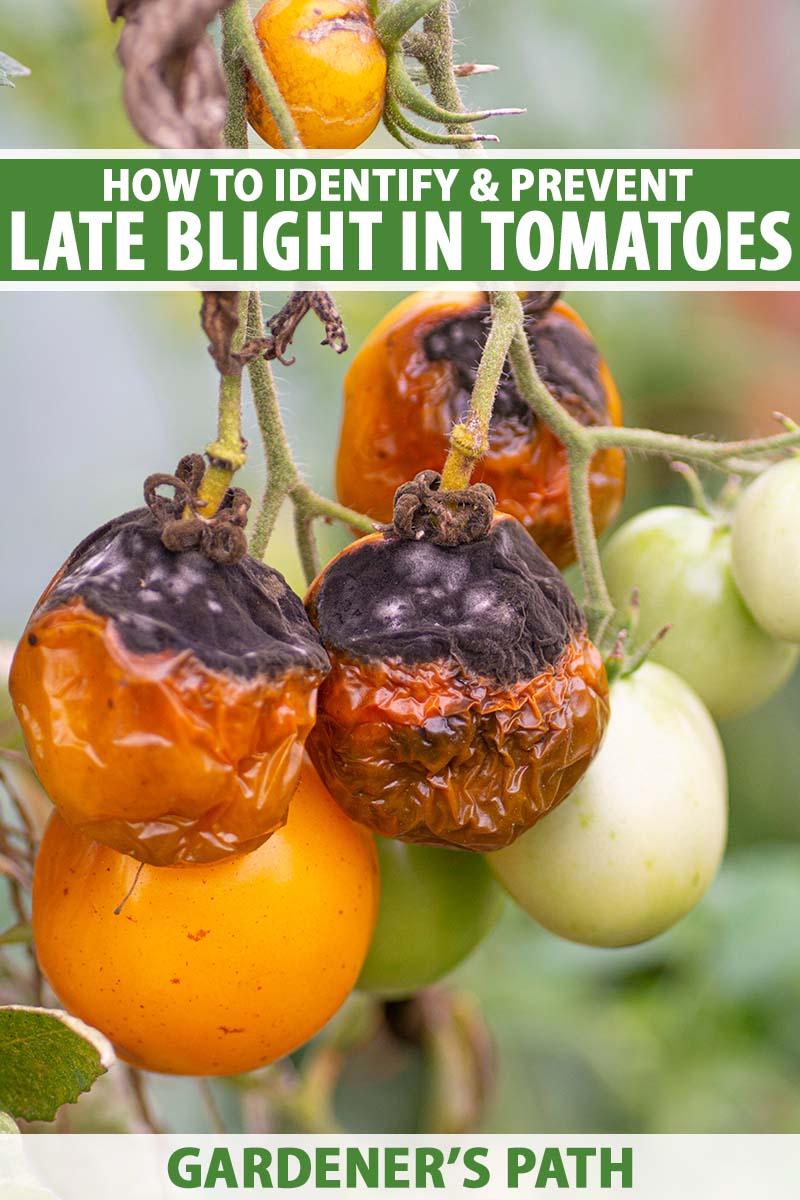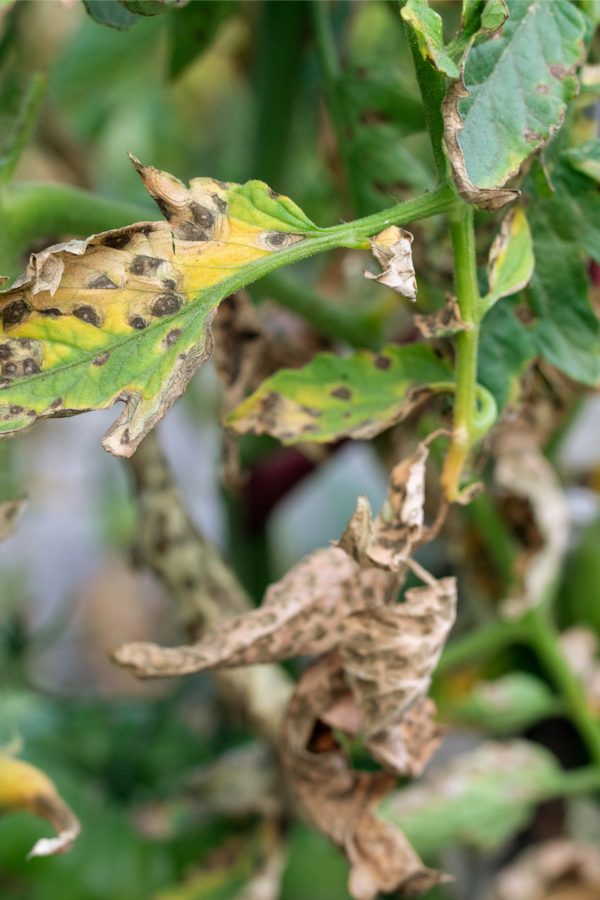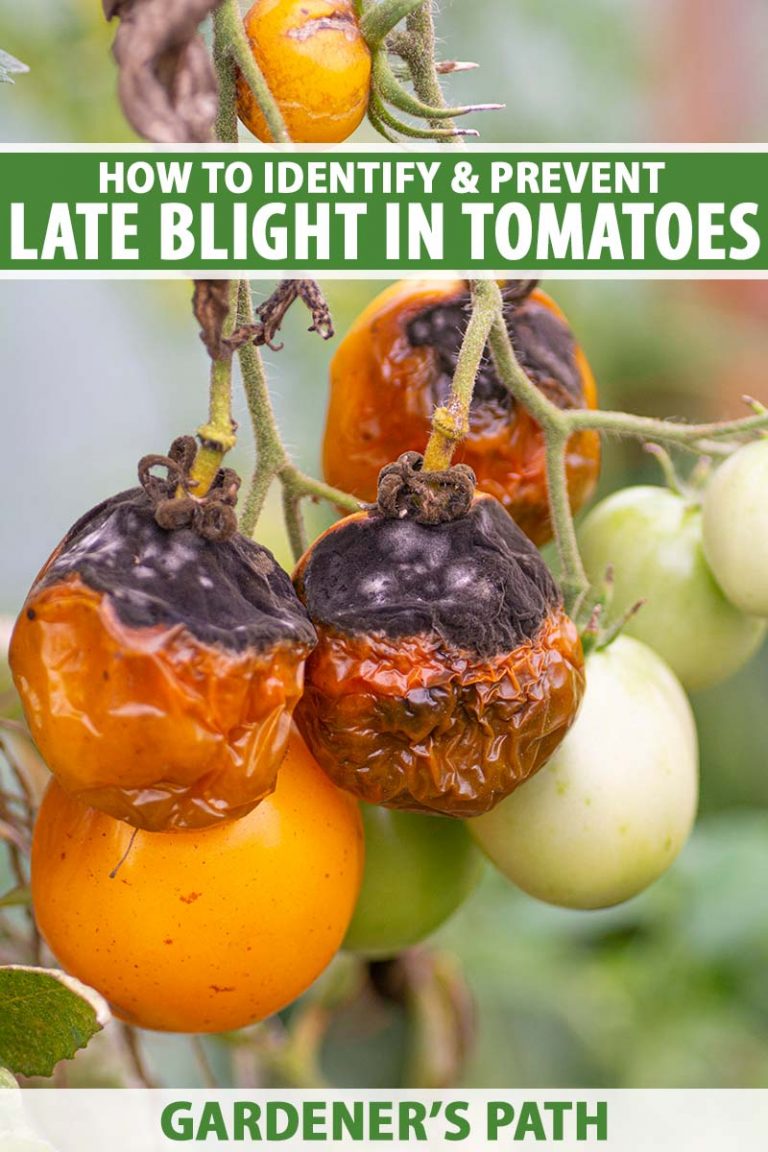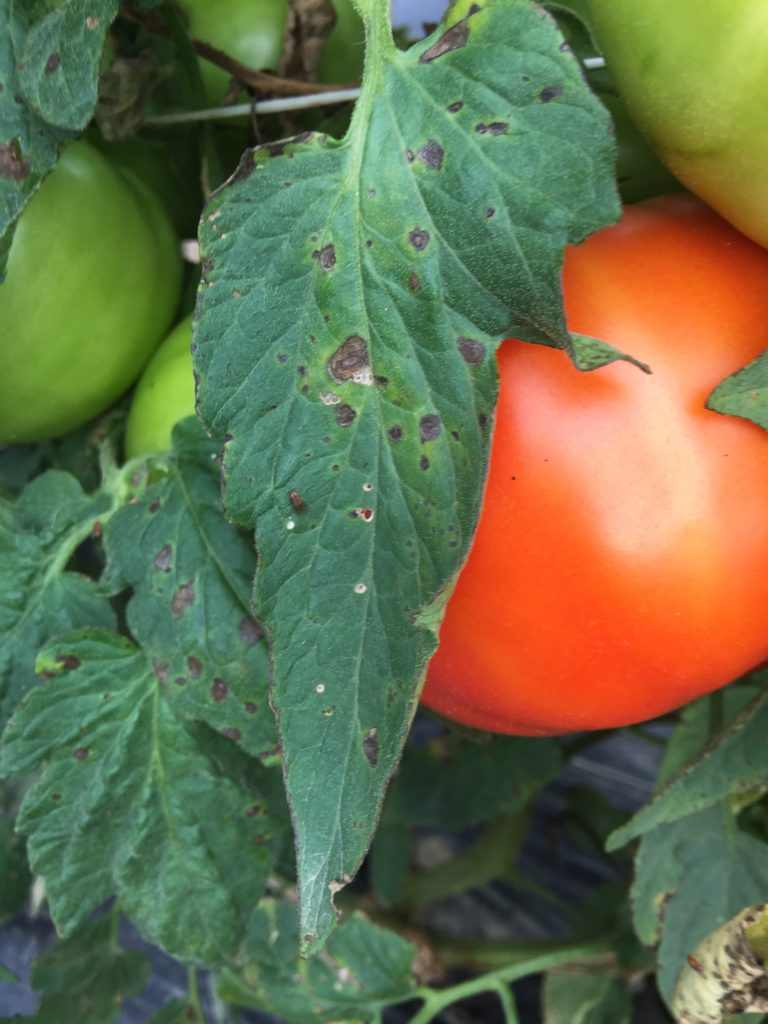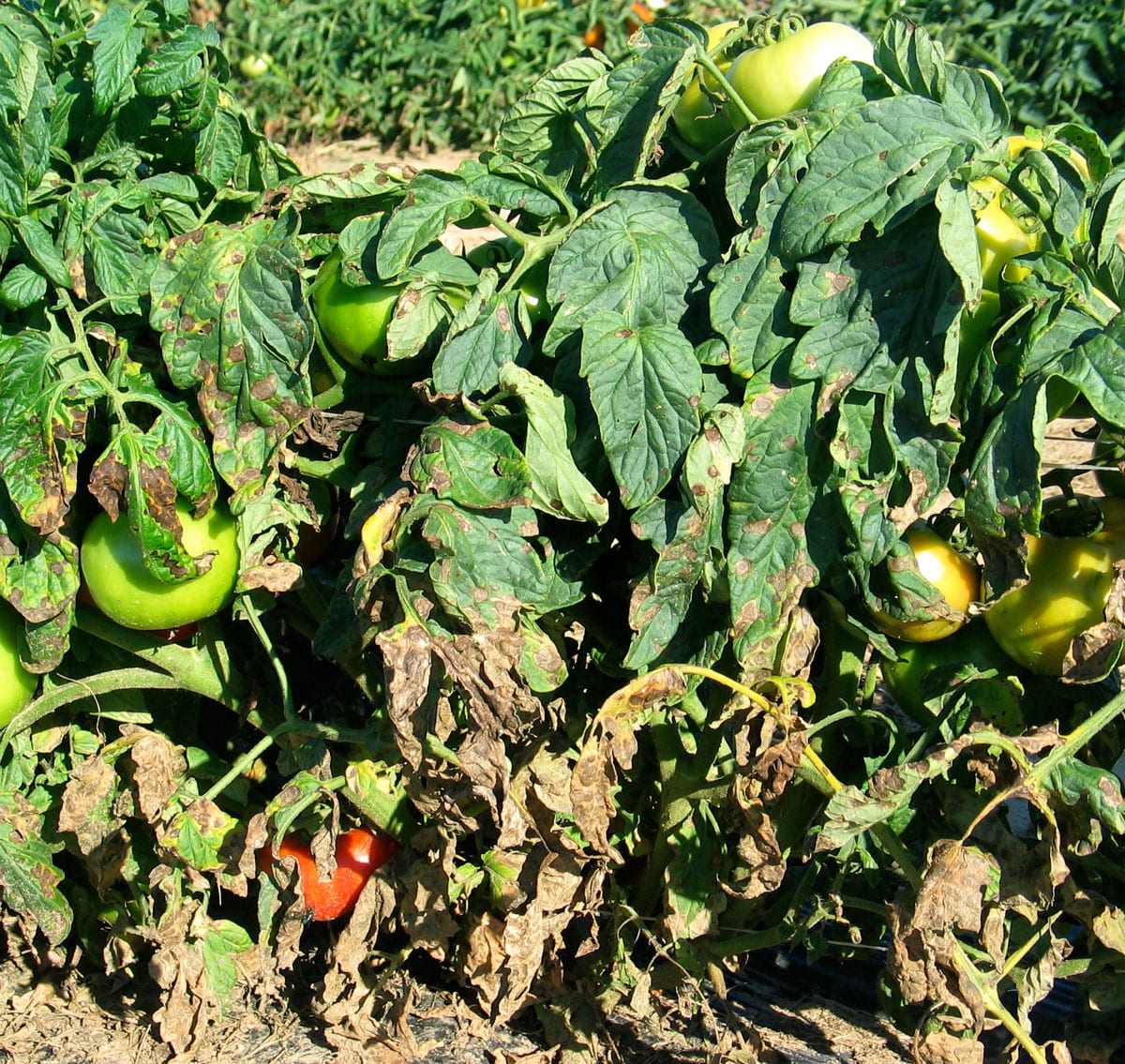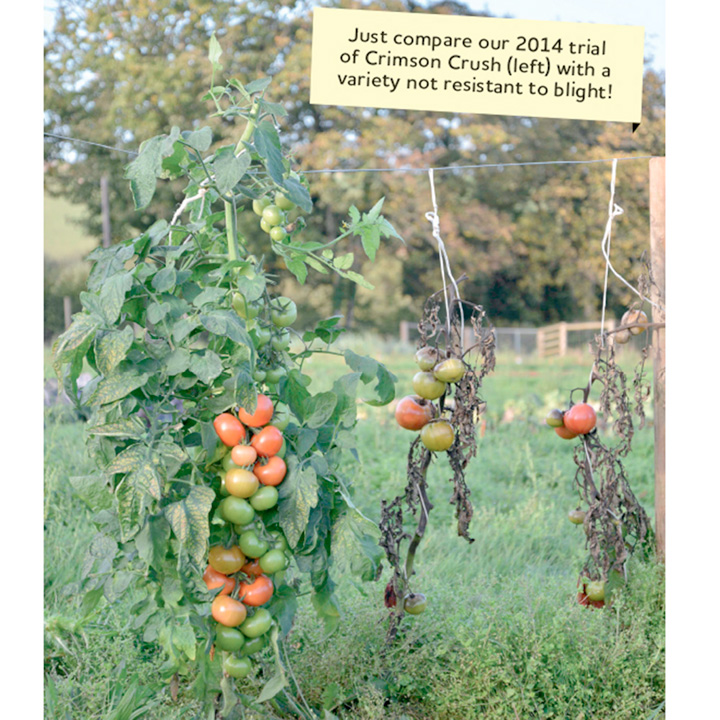What is Tomato Blight and Why is it a Concern?
Tomato blight is a devastating disease that can ravage tomato crops, causing significant damage and reducing yields. It is a fungal infection that can spread quickly, infecting not only tomatoes but also other plants in the Solanaceae family, such as peppers and eggplants. The disease is characterized by yellowing or browning leaves, black spots, and white powdery patches, which can eventually lead to defoliation and reduced fruit production.
The consequences of not addressing tomato blight promptly can be severe. If left unchecked, the disease can spread rapidly, infecting entire crops and causing significant economic losses. In addition, tomato blight can also have a negative impact on the environment, as the use of chemical fungicides can contaminate soil and water. Furthermore, the disease can also affect human health, as infected tomatoes can be toxic to consume.
Recognizing the signs of blight in tomatoes is crucial to preventing its spread and protecting your crop. By understanding the causes and symptoms of the disease, you can take proactive steps to prevent infection and reduce the risk of damage. This includes implementing good garden hygiene practices, such as removing infected plants, disinfecting tools and equipment, and using resistant tomato varieties.
Tomato blight is caused by a variety of factors, including fungal spores, bacteria, and viruses. The disease can be spread through wind, water, and human contact, making it essential to take precautions to prevent infection. By understanding the causes of tomato blight, you can take steps to prevent the disease and protect your crop.
In the next section, we will discuss the early warning signs of tomato blight, including yellowing or browning leaves, black spots, and white powdery patches. We will also provide tips on how to inspect your plants regularly to catch these signs before the disease takes hold.
Early Warning Signs of Tomato Blight: What to Look Out For
Recognizing the early warning signs of tomato blight is crucial to preventing its spread and protecting your crop. By identifying the signs of blight in tomatoes, you can take prompt action to prevent the disease from taking hold. The early warning signs of tomato blight can be subtle, but they are often characterized by changes in the appearance of the leaves and stems.
One of the most common early warning signs of tomato blight is yellowing or browning leaves. This can be caused by a variety of factors, including fungal infections, bacterial diseases, and environmental stress. If you notice that your tomato plants are developing yellow or brown leaves, it is essential to investigate further to determine the cause.
Another early warning sign of tomato blight is the appearance of black spots on the leaves and stems. These spots can be small and circular, or they can be larger and more irregular in shape. In some cases, the spots may be surrounded by a yellow or white ring, which can help to distinguish them from other types of leaf spots.
White powdery patches are also a common early warning sign of tomato blight. These patches can appear on the leaves and stems, and they are often caused by fungal infections. If you notice that your tomato plants are developing white powdery patches, it is essential to take action to prevent the disease from spreading.
To catch these early warning signs, it is essential to inspect your tomato plants regularly. This can be done by visually examining the plants, looking for any changes in appearance or signs of disease. You can also use a magnifying glass or a handheld lens to get a closer look at the plants and identify any potential problems.
In addition to visual inspections, you can also use other methods to detect the early warning signs of tomato blight. For example, you can use a soil test to check for the presence of fungal spores, or you can use a leaf tissue test to check for the presence of bacterial diseases.
By recognizing the early warning signs of tomato blight, you can take prompt action to prevent the disease from spreading and protect your crop. In the next section, we will discuss the different types of tomato blight, including early blight, late blight, and septoria leaf spot.
How to Identify the Different Types of Tomato Blight
Tomato blight is a complex disease that can manifest in different forms, each with its unique characteristics and symptoms. Understanding the different types of tomato blight is crucial to identifying the signs of blight in tomatoes and taking effective control measures. In this section, we will discuss the most common types of tomato blight, including early blight, late blight, and septoria leaf spot.
Early blight is one of the most common types of tomato blight, caused by the fungus Alternaria solani. It is characterized by yellowing or browning leaves, often with black spots or patches. Early blight can occur at any stage of the plant’s growth, but it is most common during the seedling stage. The disease can spread quickly, especially in warm and humid weather conditions.
Late blight, on the other hand, is caused by the fungus Phytophthora infestans. It is characterized by large, irregularly shaped lesions on the leaves and stems, often with a white or grayish color. Late blight can occur at any stage of the plant’s growth, but it is most common during the fruiting stage. The disease can spread quickly, especially in cool and wet weather conditions.
Septoria leaf spot is another common type of tomato blight, caused by the fungus Septoria lycopersici. It is characterized by small, circular lesions on the leaves, often with a dark brown or black color. Septoria leaf spot can occur at any stage of the plant’s growth, but it is most common during the seedling stage. The disease can spread quickly, especially in warm and humid weather conditions.
Other types of tomato blight include bacterial canker, bacterial spot, and powdery mildew. Each of these diseases has its unique characteristics and symptoms, and understanding them is crucial to identifying the signs of blight in tomatoes and taking effective control measures.
In addition to understanding the different types of tomato blight, it is also essential to recognize the conditions that favor their development. These conditions include warm and humid weather, poor air circulation, and inadequate crop rotation. By understanding these conditions, you can take proactive steps to prevent the disease from occurring in the first place.
In the next section, we will discuss common mistakes that can increase the risk of tomato blight, including poor air circulation, overwatering, and inadequate crop rotation. We will also provide tips on how to avoid these mistakes and create a blight-resistant growing environment.
Common Mistakes That Can Lead to Tomato Blight
While tomato blight can be a devastating disease, it is often preventable by avoiding common mistakes that can increase the risk of infection. In this section, we will discuss some of the most common mistakes that can lead to tomato blight and provide tips on how to avoid them.
Poor air circulation is one of the most common mistakes that can lead to tomato blight. When plants are crowded together, it can create a humid microclimate that fosters the growth of fungal diseases like blight. To avoid this, make sure to provide adequate spacing between plants and use trellises or cages to support indeterminate varieties.
Overwatering is another common mistake that can increase the risk of tomato blight. When plants are waterlogged, it can create an ideal environment for fungal diseases to develop. To avoid this, make sure to water plants deeply but infrequently, and avoid getting water on the leaves or stems.
Inadequate crop rotation is also a common mistake that can lead to tomato blight. When the same crop is grown in the same location year after year, it can create a buildup of fungal spores in the soil that can infect future crops. To avoid this, make sure to rotate crops regularly and use a crop rotation plan that includes a mix of different crops.
Other common mistakes that can lead to tomato blight include using contaminated soil or seed, not providing adequate nutrients, and not monitoring plants regularly for signs of disease. By avoiding these mistakes and taking proactive steps to prevent disease, you can reduce the risk of tomato blight and keep your crop healthy and thriving.
In addition to avoiding common mistakes, there are also several steps you can take to create a blight-resistant growing environment. These include using resistant varieties, providing good air circulation, and using organic or chemical controls as needed. By taking a proactive approach to disease prevention, you can reduce the risk of tomato blight and keep your crop healthy and thriving.
In the next section, we will discuss organic and chemical controls for managing tomato blight, including the pros and cons of each approach and guidance on how to choose the best method for your specific situation.
Organic and Chemical Controls for Managing Tomato Blight
Once tomato blight has been identified, it’s essential to take action to control its spread and prevent further damage to the crop. There are various methods for controlling tomato blight, including organic and chemical options. In this section, we will discuss the pros and cons of each approach and provide guidance on how to choose the best method for your specific situation.
Organic controls for managing tomato blight include the use of copper-based fungicides, sulfur, and neem oil. These products are generally safer for the environment and human consumption than chemical controls, but may not be as effective in severe cases of blight. Copper-based fungicides, for example, can be used to control early blight and septoria leaf spot, but may not be effective against late blight.
Chemical controls for managing tomato blight include the use of systemic fungicides, such as chlorothalonil and mancozeb. These products can be more effective than organic controls in severe cases of blight, but may have negative environmental and health impacts. Systemic fungicides can also contribute to the development of fungicide-resistant strains of the disease.
When choosing a control method, it’s essential to consider the severity of the blight, the type of blight, and the potential environmental and health impacts of the control method. It’s also important to follow the instructions on the product label carefully and take necessary precautions to avoid exposure.
In addition to using control methods, it’s also essential to implement good garden hygiene practices to prevent the spread of tomato blight. This includes removing infected plants, disinfecting tools and equipment, and avoiding overhead irrigation.
By understanding the different control methods available and implementing good garden hygiene practices, you can effectively manage tomato blight and prevent its spread. In the next section, we will discuss how to prevent tomato blight from spreading, including removing infected plants and implementing good garden hygiene practices.
How to Prevent Tomato Blight from Spreading
Once tomato blight has been identified, it’s essential to take action to prevent its spread and protect your crop. In this section, we will discuss the steps you can take to prevent the spread of tomato blight, including removing infected plants, disinfecting tools and equipment, and implementing good garden hygiene practices.
Removing infected plants is one of the most effective ways to prevent the spread of tomato blight. Infected plants should be removed immediately, and disposed of in a way that prevents the spread of the disease. This can include burning the plants, burying them deeply, or disposing of them in a sealed bag.
Disinfecting tools and equipment is also crucial to preventing the spread of tomato blight. Tools and equipment should be disinfected regularly, especially after coming into contact with infected plants. This can include using a solution of bleach and water, or a commercial disinfectant.
Implementing good garden hygiene practices is also essential to preventing the spread of tomato blight. This includes avoiding overhead irrigation, which can splash water and spread the disease. Instead, use soaker hoses or drip irrigation to deliver water directly to the roots of the plants.
Other good garden hygiene practices include rotating crops regularly, and avoiding the use of contaminated soil or seed. By following these practices, you can reduce the risk of tomato blight and keep your crop healthy and thriving.
In addition to these practices, it’s also essential to monitor your plants regularly for signs of blight. Regular inspections can help you identify the disease early, and take action to prevent its spread. By monitoring your plants regularly, you can reduce the risk of tomato blight and keep your crop healthy and thriving.
In the next section, we will discuss the benefits of growing resistant tomato varieties, and provide examples of popular blight-resistant cultivars. We will also explain how to incorporate these varieties into your garden to reduce the risk of blight.
Resistant Tomato Varieties: A Long-Term Solution to Blight
One of the most effective ways to prevent tomato blight is to grow resistant tomato varieties. These varieties have been bred to have natural resistance to the disease, making them a long-term solution to blight. In this section, we will discuss the benefits of growing resistant tomato varieties and provide examples of popular blight-resistant cultivars.
Resistant tomato varieties have several benefits, including reduced risk of blight, improved yields, and increased disease tolerance. These varieties are also often easier to grow and maintain, as they are less susceptible to disease and pests.
Some popular blight-resistant tomato varieties include ‘Better Boy’, ‘Early Girl’, and ‘Patio’. These varieties have been bred to have natural resistance to early blight, late blight, and septoria leaf spot, making them a great choice for gardeners who want to reduce their risk of blight.
In addition to these varieties, there are also several other blight-resistant tomato cultivars available, including ‘Cherry Roma’, ‘Roma’, and ‘San Marzano’. These varieties have been bred to have natural resistance to blight and are often used in commercial tomato production.
To incorporate resistant tomato varieties into your garden, start by selecting a variety that is resistant to the type of blight that is common in your area. Then, follow the same growing and maintenance practices as you would for any other tomato variety.
It’s also important to note that while resistant tomato varieties can provide long-term protection against blight, they are not a guarantee against the disease. Regular monitoring and maintenance are still necessary to prevent the spread of blight and ensure a healthy crop.
In the next section, we will discuss the importance of ongoing monitoring and maintenance to prevent tomato blight. We will provide tips on how to keep your tomato crop healthy and thriving, including regular inspections, pruning, and fertilization.
Monitoring and Maintaining a Healthy Tomato Crop
Monitoring and maintaining a healthy tomato crop is crucial to preventing tomato blight. Regular inspections, pruning, and fertilization can help to prevent the spread of the disease and ensure a healthy crop. In this section, we will discuss the importance of ongoing monitoring and maintenance and provide tips on how to keep your tomato crop healthy and thriving.
Regular inspections are essential to detecting the early signs of tomato blight. Inspect your plants regularly, looking for yellowing or browning leaves, black spots, and white powdery patches. Check for signs of disease on the leaves, stems, and fruit, and remove any infected plants immediately.
Pruning is also an important part of maintaining a healthy tomato crop. Prune your plants regularly to promote air circulation and prevent the spread of disease. Remove any weak or diseased growth, and trim back the plants to encourage bushy growth.
Fertilization is also crucial to maintaining a healthy tomato crop. Use a balanced fertilizer that is high in phosphorus to promote fruiting and flowering. Avoid over-fertilizing, as this can lead to weak and leggy growth.
In addition to regular inspections, pruning, and fertilization, there are several other things you can do to maintain a healthy tomato crop. These include providing adequate water and nutrients, using crop rotation to prevent the buildup of disease, and using physical barriers to prevent pests and diseases.
By following these tips, you can help to prevent tomato blight and ensure a healthy and thriving crop. Remember to always monitor your plants regularly and take action quickly if you notice any signs of disease.
By taking a proactive approach to monitoring and maintaining your tomato crop, you can reduce the risk of tomato blight and enjoy a healthy and productive harvest.


